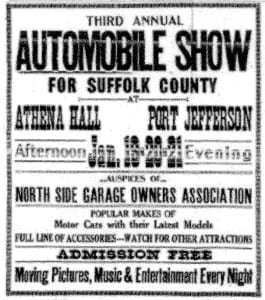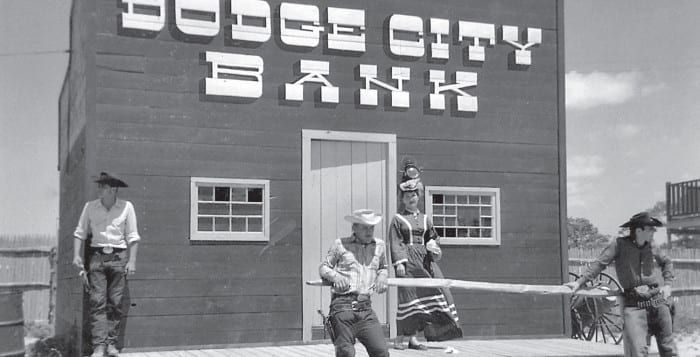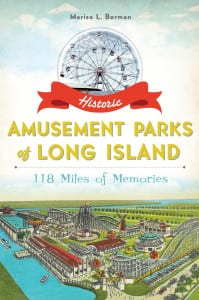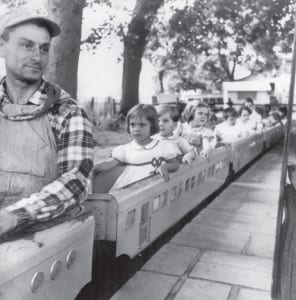By Naomi Solo
Chris Ryon has officially been appointed Village Historian for the Incorporated Village of Port Jefferson. Chris brings to this position a very interesting historical story. His parents were introduced to one another by Rob Sisler who was the village’s first historian. At the time Chris’ father had been teaching in Port Jefferson High School along with Rob. Chris’ mother Theora Newcomb was a personal family friend. Theora’s father and his brother Spurge owned the very well known Newcomb Brothers Automobile dealership located where the present ferry dock is.
Back in the 1980s I was fortunate to interview Andrew Newcomb, Chris’ grandfather. I was doing research on the building of the schooner Palestine. I got some of my earliest history lessons of the village from him.
Chris’ interest in our local history comes naturally to him because he was raised in a family where history was the conversation during dinner. Chris has for several years been the historian for the Village of Poquott. His appointment to this additional position comes at a time when he has just retired from a career in teaching and is excited about the possibilities of expanding and enriching the Archive of Port Jefferson Village.
To that purpose he cordially invites any residents in the area to stop by the Archive room in the Port Jefferson Village Center on Saturdays or Mondays from 9 a.m. to noon and share stories and/or photos with him. He fully realizes that the enrichment of the Archive room necessitates villagers’ participation and he is eager to talk to many of you.
Chris succeeds Ken Brady who held the position and was largely responsible for the development and rich holdings that the Archive room now possesses. Ken welcomed one and all from Port Jeff and surrounding communities to drop in and visit to share old photos and to chat. Chris wants to follow that same pattern. Preceding Ken Brady in that position was Rob Sisler, and it was Rob’s idea that the Village Center have a Mezzanine/Gallery. Because of this we are able to have continuing art and historical exhibits. It is through Rob’s efforts that two of our historic buildings were moved and restored and have become the Port Jefferson Chamber of Commerce office and the Zinna house at West Broadway.
In chatting with Chris, he said that history exists in the rich memories of the families living in and around the village. For the 150th anniversary of Cedar Hill Cemetery Chris worked on the photo exhibit. Recently my husband has passed away and when I go up to Cedar Hill I see so many of the local family names. I learned most of their histories from Ken and Chris.
A historian’s job goes beyond simple knowledge and is enriched by the contributions including stories and photos that provide a more complete picture. The job of a historian is to be the gatherer of information where people can come and share their stories.
Those wishing to speak with Chris are welcome to call 631-802-2165 and/or email him at [email protected].










